Gastritis is the name given to inflammatory processes in the gastric mucosa, which essentially cause digestive problems. A person does not digest food properly, as a result of which his health deteriorates and weakness and lethargy appear. According to this, almost half of the inhabitants of our country experience painful symptoms of gastritis to one degree or another.
Diet for gastritis
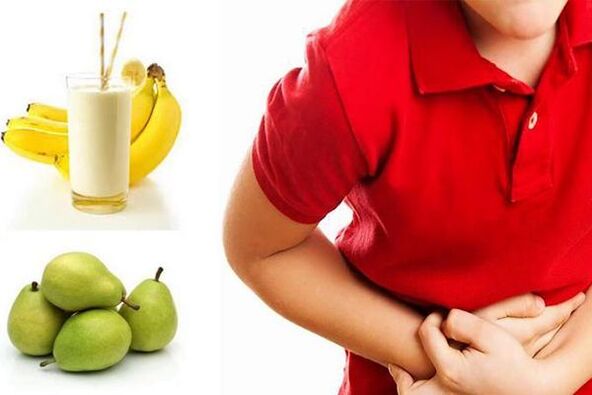
Many people wonder: what diet should you follow for gastritis? This is a very important issue, because proper nutrition is a major part of the treatment of gastrointestinal diseases. If you have gastritis, you should always follow a moderate diet, and if your health improves, you can graduallyYou can only return to normal eating habits. In some cases, doctors prescribe an individual diet for gastritis.
It is also necessary to remember that with gastritis, enzymatic deficiency develops, therefore in some cases, along with a diet to improve digestion, it is advisable to use enzyme preparations such as Microzym.
There are two types of gastritis: acute and chronic. In different people, these forms can be accompanied by both high and low degrees of gastric acidity. Acute gastritis is of the following types:
- Fibrous (increases with the presence of infectious diseases);
- catarrhal (with violation of the integrity of the outer layer of the stomach);
- phlegmonous (causes purulent inflammatory processes on the gastric walls);
- Corrosive (one of the side effects of poisoning).
Chronic diseases, in turn, come in the following forms:
- superficial;
- hypertrophic;
- polyposis;
- Bacteria;
- granular;
- Autoantibodies.
The second form of chronic gastritis is typical for people whose stomach walls are damaged due to the systematic consumption of alcohol in large quantities.
Key principles of diet for gastritis diseases
Remember that proper diet for gastritis is the key to successfully overcoming the symptoms. If the acidity of your gastric juice is increased, you need to eat foods that will help reduce its activity. Follow three rulesDo:
- Mechanical theory. Avoid foods that contain rough fiber. Such products include onion crops, veined meat and bran. In addition, dishes cooked in oil are strictly prohibited.
- Chemical theory. Avoid foods that can increase gastric secretions. This list includes alcohol, sparkling water, citrus fruits (including their juices), coffee, black bread, cabbage and rich meat broths.
- Thermal theory. Do not eat foods whose temperature is too high or too low. They irritate the esophagus, and cold food, among other things, remains in the stomach longer than usual.
What foods can you eat if you have gastritis?
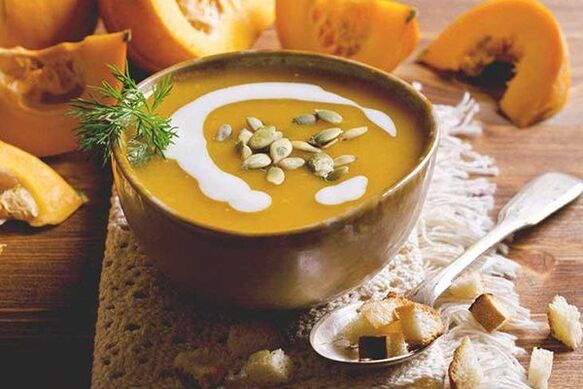
Include lean meat (such as rabbit) in your diet. Duck, lamb and goose are not allowed, but chicken can only be eaten without the skin.
Other acceptable foods and recipes include:
- River fish;
- sea food;
- Egg white omelette;
- Oatmeal and buckwheat porridge;
- Milk;
- Zucchini, pumpkin, tomatoes, carrots, various greens;
- Berries with high sugar content;
- Boiled and mashed fruits.
What should be missing from the diet?
If you have been diagnosed with gastritis caused by the bacterium Helicobacter pylori, it is not advisable to prescribe a diet for yourself. Be sure to consult a gastroenterologist or nutritionist so that the treatment of gastritis is consistent and effective.
In this disease, the menu should not include:
- Fresh baked goods, especially rye bread, as well as puff pastries. Instead, it is better to eat white bread, plain cookies and pies.
- Soups with rich broths, including mushroom soup, cabbage soup and borscht. Such dishes should be replaced with light vegetable soups with potatoes, cabbage, carrots and onions.
- Smoked dishes, as well as meat with fat and veins. Instead, it is better to eat dishes made from boiled or steamed meat (cutlets, meatballs). Permitted types of meat are chicken and lamb.
- Hard-boiled eggs and fried omelettes. They should be replaced with soft-boiled eggs and steamed omelettes.
- Any salty and spicy dishes, marinades, chocolate, carbonated drinks, coffee and kvass.
- Liquor.
diet for high acidity
With this form of gastritis, you should not overuse fruits and vegetables, as they can worsen your health. However, you should not completely remove these products from the menu. Avoid foods that irritate the stomach. By eating right, you are more likely to lose some weight rather than gain it. Below is a table showing allowed and prohibited products:
| Vegetables: Carrots, pumpkin, potatoes, beetroot. Light vegetable salad. Tomatoes: ripe, chopped. Cucumber without peel. | Greenery. |
| Fruits: Non-acidic, ripe, without peel (bananas, pears, apples). Fruits are best eaten cooked, not raw. Watermelons and melons – in very limited quantities. | Fried potatoes, spicy foods, sauerkraut. |
| Milk (from cow or goat), cream, curd. Fresh cheese. | Sour cream, kefir, hard cheese. |
| Soup with diet broth. | Cabbage soup and borscht in rich broth. |
| Pasta | beans |
| Boiled chicken or rabbit meat, lean river fish. | Smoked meats, fish and meats with high fat content, canned foods. |
| Oatmeal and buckwheat | dry fruits |
| soft boiled eggs. | Chocolate |
| Crackers, white bread (which has been out for a few days), dry biscuits. | Hard boiled eggs, fried omelettes. |
| Weak tea and coffee, cocoa with added milk. | Rye and freshly baked bread. Cakes, confectionery products with cream filling. |
low acidity diet
In such situations, you need to eat differently than in the previous case. You need to eat foods that promote gastric secretion. The table below shows dishes that are suitable for remission. If yourIf there is severe pain in the stomach, you need to exclude from the menu those dishes that irritate the stomach tissues.
Vegetables: Baked potatoes, tomatoes, greens, carrots, beetroot, pumpkin, pickles.
Diet for gastritis - general recommendations
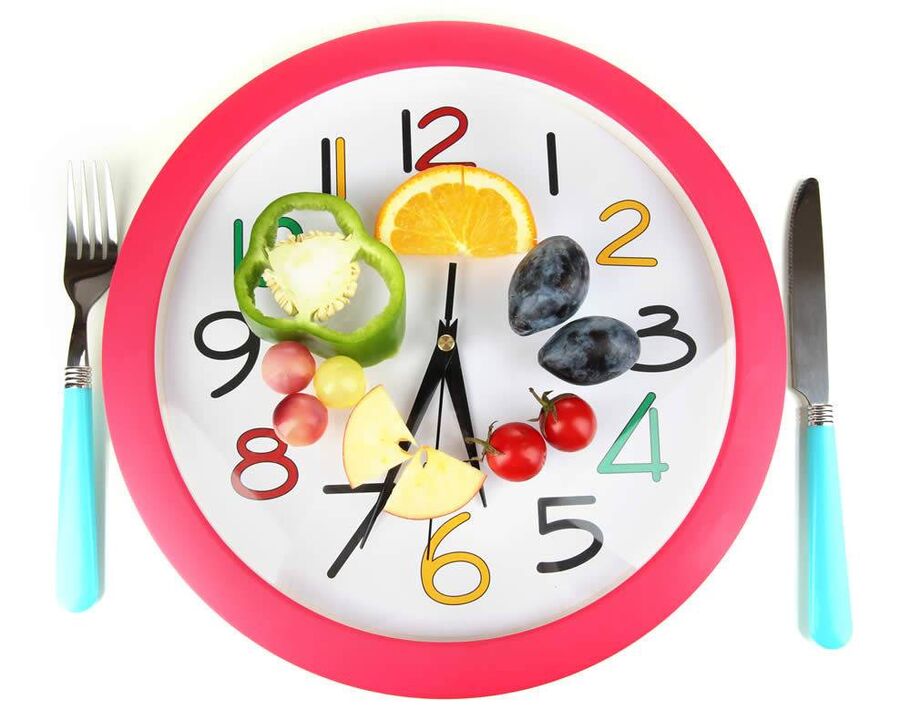
Patients with gastritis should exclude spices used in the cooking process from the menu. You can improve the taste of food with fresh herbs (parsley, dill, celery). Greens also help add vitamins to your diet. Will help: Try adding finely chopped green vegetables to all the dishes you eat.
You need to eat smaller meals, but avoid snacks; This way the stomach will not have any problem in digesting food. Eat your food slowly and chew it thoroughly. Eating hastily can spoil your health and increase gastritis. Chew your food until it turns into an easily digestible paste.
Do not forget that proper and balanced nutrition is the key to the treatment of gastritis. Many patients who adhered to a strict diet during treatment say that it helped them successfully overcome all the symptoms and pain associated with this disease within 4 weeks. Found.
IMPORTANT: Before use, read the instructions or consult your doctor.
What to eat for gastritis of the stomach?
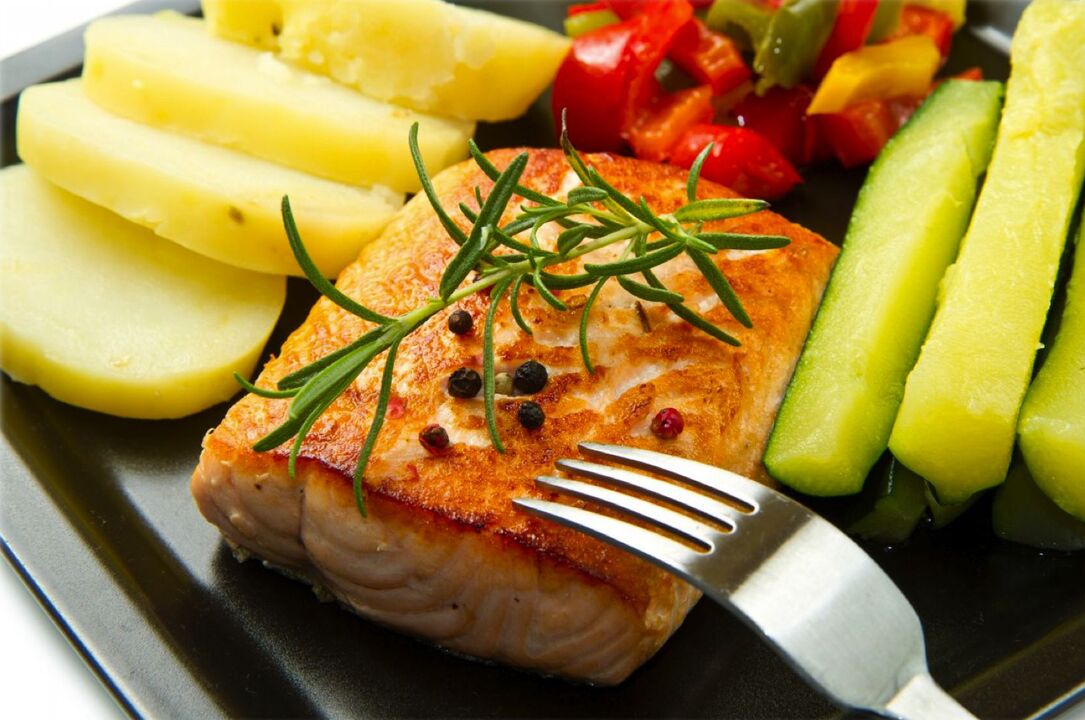
Gastritis symptoms
Gastritis is a chronic inflammatory condition of the stomach lining, causing pain, loss of appetite and other symptoms. Of all the disorders of the digestive system, most of the patients suffer from this disease.
Many people underestimate the importance of timely diagnosis of gastritis and consider it a minor deviation that does not require treatment. They think that this disease will not cause any harm and will gradually heal on its own without treatment. But if the treatment methods and diet are not applied in time, the pathology can gradually develop into peptic ulcer and malignant transformation of the stomach and duodenum.
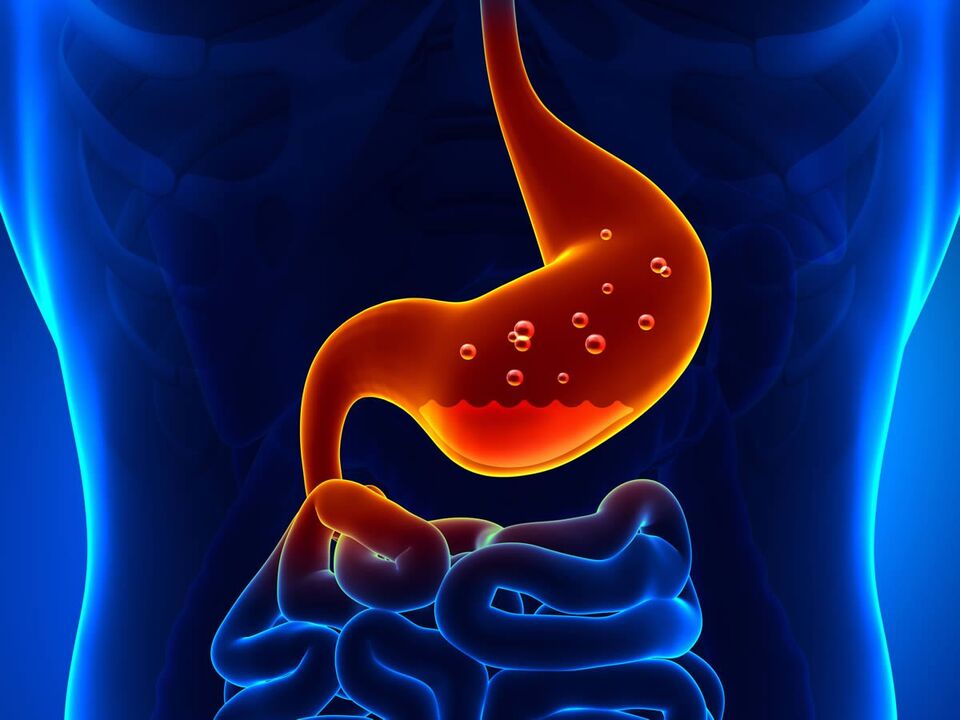
etiological factors
Many studies have been conducted, data have been collected, according to which the basis for the development of inflammatory pathologies of the stomach is Helicobacter pylori. This is a bacterium that attacks the walls of the stomach and duodenum. Most people are simply carriers of the bacterium, but under the influence of negative factors it begins to actively multiply, leading to pathology. It is Helicobacter pylori that can lead to the growth of abnormal cells of the mucous membrane over time, which can lead to malignant degeneration. Will cause.
- eat poor quality food, This includes fatty, fried, spicy, smoked and excessively salty foods. This type of food aggressively affects the walls of the stomach, causing inflammatory processes. Due to damage, Helicobacter pylori begins to actively multiply. Does.
- KurenaiE. During smoking, nicotine and smoke spread into the respiratory tract and digestive system. It has a negative effect on the mucous membranes, causing irritation and increasing inflammation.
- binge drinking, It has toxic effects on any tissue in the body, including the gastrointestinal tract. It leads to the occurrence or intensification of inflammation.
- Tension, Great physical and psycho-emotional stress. These factors cause active production of cortisol. This increases the secretion of hydrochloric acid. If it acts on the walls of the stomach in the absence of food intake, damage occurs.
If the patient is affected by several factors at once, the disease develops rapidly.
clinical signs
In the early stages, the patient and the doctor may not notice visible symptoms. The greater the damage, the more actively the inflammatory process develops.
- Pain in the epigastric region, aggravated by stress, eating, hunger;
- Nausea, vomiting that occurs regardless of food intake;
- Constipation, diarrhea.
There are signs that can be used to determine whether a patient has gastroenterological pathology.
- Frequent occurrence of epigastric pain;
- Point pain in the middle of the abdomen;
- Stomach irritation;
- Frequent belching;
- constipation, diarrhea;
- sometimes nausea;
- Vomiting without any reason;
- Presence of any gastroenterological disease in close relatives;
- The presence of bad habits (smoking, frequent drinking, overeating);
- Periodic use of strict diets.

It is impossible to independently determine the diagnosis, since symptoms may be present as temporary disorders or in other acute, chronic diseases. It is important to undergo examination and diagnosis by a doctor who will prescribe conservative or radical treatment depending on the developing lesion.
Diet
- gastroenterologist;
- nutritionist
It would be better if these doctors work together to provide quality treatment.
- degree of damage to the mucous membrane;
- The degree of spread of the lesion to different parts of the gastrointestinal tract;
- Due to defeat.
After collecting complete information, a nutritional diet is prepared. This is one of the fundamental treatment methods that reduces the burden on the gastrointestinal tract.
- with high acidity;
- With low acidity.
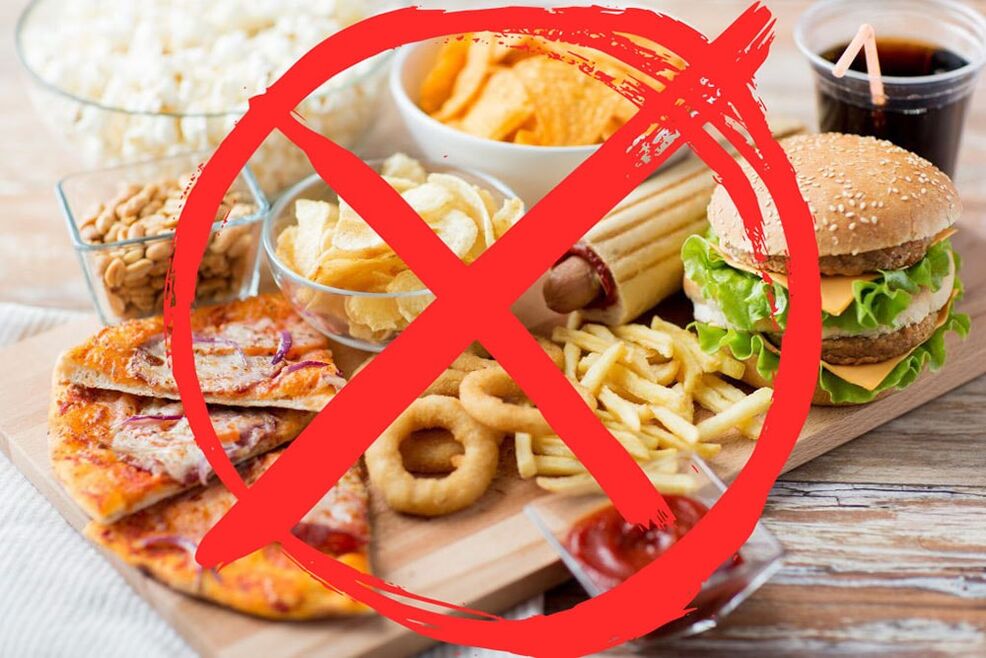
Regardless of the type of diet chosen, the gastroenterologist should remind you of the basic principles of proper diet during illness.
- splitting up, The total amount of products to be consumed by the patient in 1 day is identified. It is divided into 6 parts, which distributes the food evenly throughout the day. That is, the patient should eat every 3 hours. You should not overeat or starve, as these factors negatively affect the condition of the stomach. One serving of food is equal to approximately two palms.
- chewing, The eaten food begins to be digested in the oral cavity under the influence of saliva, which contains enzymes. Therefore it is important to chew each piece for a long time.
- rest after eating, You need to sit and lie down for 30 minutes so that the digestion process starts without any hindrance.
- temperature, If an inflammatory process is suspected, eat warm food. It should not be too hot or cold.
- water mode, Drink at least 2 liters of water per day to maintain stable water-electrolyte balance and prevent dehydration from developing. Drink small amounts of water throughout the day.
- essential protein intake, Proteins are the basis from which the body is built. Thanks to them, damaged tissues heal faster after gastritis.
- prohibition of eating heavy food, It should not contain fragments that can damage the affected structure of the mucous membrane.
- proper cooking, It is boiled, steamed, baked. Roasting or smoking it is prohibited.
- ban on alcohol consumption, caffeine, energy drinks, soda.
- maintaining vitamin concentrations, If they are normal, metabolism and metabolism improve, the nervous system and digestive system are strengthened. If there are not enough nutrients, multivitamin preparations are used.
Applying these rules reduces the load on the stomach during treatment.
high acidity fruits
Gastritis with normal or high acidity requires special nutrition. It is necessary to monitor the temperature of food: it is not recommended to eat food with a temperature higher than 40-50 ⁰C. Fruits can be pureed, steamed, , can be eaten by boiling, baking or steaming or in puree, mousse, jelly, jelly or compote. It is not recommended to consume fruits with a high content of organic acids (pomegranates, citrus fruits, fresh apricots), raw or sour fruitsDuring exacerbation, all fruits should be used only in pure form. The rest of the time it is better to use:
- Sweet varieties of apples;
- Avocado.
low acidity fruits
For the opposite form of gastritis, when acidity is reduced, doctors recommend other fruits:
- Citrus fruits – prevent the formation of malignant cells, keep acidity normal;
- Pomegranate and its juice help to restore the gastric mucosa;
- Peaches – Promotes the production of gastric juice, but can be eaten only by patients who are not allergic to the fruit.
Attention! For any gastrointestinal pathology, it is important not to overload the stomach and follow the diet prescribed by the doctor.
Diet for gastritis with high acidity
- excessive production of hydrochloric acid;
- Increase in acidity of hydrochloric acid.
Normally, the purpose of hydrochloric acid is to break down the contents of the stomach. But it must be within certain limits so as not to damage the body's own tissues.
- inflammation;
- Erosion;
- ulcer;
- Perforation.
Gastritis can develop at different ages. It is enough to be exposed to a harmful factor for a long time for an inflammatory process to develop. If the acidity of gastric juice is increased, you need to follow a certain diet. Requires which reduces these indicators.
Attention! Many patients know that taking antacids reduces the acidity of gastric juice. However, taking these drugs on your own is prohibited. They have contraindications and side effects.
To be successful when using the diet it is important to follow certain rules.
- Avoid foods that damage or irritate the stomach walls. This is food containing fiber and solid elements. For example, cereals, buns, bran, fibrous meat. All food should be as gentle and easily digestible as possible. Must be eligible.
- Refusal from any foods and drinks that cause an increase in the acidity of hydrochloric acid. For example, citrus fruits, canned foods, coffee, alcohol, soda.
- Eating food at hot temperatures. Do not consume boiling water, hot liquids or food. Cold foods are also unacceptable. The optimum range is 25-35 degrees.
If a patient's gastritis has seriously escalated and causes unbearable pain, it is necessary to immediately start a strict diet. This will help reduce the inflammatory process to a great extent and help the tissues recover. ThirdThe person will feel relief within the day itself. But this is possible only with the additional use of medicines prescribed by the doctor.
- Low-fat chicken or vegetable broth with crackers, which can be replaced with soft porridge (for example, oatmeal);
- pasta soup with milk (hard pasta is allowed);
- Boiled young potatoes without cream, salt;
- Milk with low fat content, so as not to increase the load on the gastrointestinal tract due to the presence of high concentration of lactose.
If there is severe irritation and intense pain, each product is added gradually, in small portions. This will allow the digestive system to get used to it and will not cause a negative reaction. But if the food increases nausea or pain, itIt is better to replace with other types of food.
As soon as the acute period passes, the diet is continued.
- Boiled, cooked eggs, they contain a high concentration of protein (the yolk may be removed to limit fat content);
- Lean meat of chicken, rabbit, beef, which can be baked, boiled, steamed (remove the skin before cooking);
- Fish and seafood, which contain large amounts of omega-3, which has a beneficial effect on the digestive tract and nervous system;
- Milk that must be boiled first;
- Soups with added cereals (any cereals except semolina are allowed);
- Vegetables sold in the shop according to the season;
- Fruits, which are recommended to be consumed between main meals, so as not to stress the gastrointestinal tract, but the stomach remains empty;
- quality sausages;
- Olive, sunflower oil;
- Homemade dumplings and similar products from natural minced meat and a thin layer of dough;
- offal, which has the most positive effect on the liver, as it contains a large amount of microelements and vitamins;
- soft cheese;
- Honey, weak tea, herbal decoctions, dried fruit compotes.
- Bakery products, muffins, fresh pastries;
- candy, chocolate;
- Dairy products.
All these foods increase the acidity of the stomach. Carbohydrates negatively affect any part of the digestive system, causing intense acidity. This is a favorable environment for the proliferation of Helicobacter pylori. Additionally, they refuse to chew gum, since hydrochloric acid is actively produced during its use. If its amount is too high, acid gastritis will become acute. Erosions and ulcer formation may occur.
Diet for gastritis with low acidity
This type of inflammatory process of the stomach reduces the concentration and acidity of hydrochloric acid. Therefore, food is poorly digested, large pieces of food enter the intestines, causing a heavy load on it. This affects the entire condition of the digestive system. Generally, people aged 40 years and above suffer from this type of gastritis.
- Atrophic condition of the gastric mucosa;
- thinning of tissues;
- Decreased parietal cell function.
Gastritis with low acidity is one of the most dangerous diseases that is difficult to treat. Therefore, it is important to start treatment at an early stage, before precancerous conditions develop.
To correct the pathology, you must consume foods that will stimulate the production of hydrochloric acid in the stomach. You must also increase its acidity so that the food bolus can be processed.
Attention! It is necessary to simultaneously increase acidity and not put pressure on the gastrointestinal tract. Therefore, it is forbidden to consume fatty, spicy, fried, smoked foods, fast food and alcohol, even though they increase acidity.
- Before eating, drink 200 ml of slightly carbonated mineral water;
- Chew food thoroughly, eat each piece slowly; The entire meal takes at least 30 minutes;
- It is advisable to eat fruits that increase acidity between meals; You can cook them in advance so there is no stress.
- Lean types of meat – chicken, turkey, rabbit, young veal;
- Any type of fruits and vegetables that do not have a coarse fiber structure (citrus fruits, white cabbage and cauliflower are recommended);
- Vegetable and meat broths;
- a small concentration of carbohydrates in the form of sweets and baked goods;
- Any type of fermented milk product;
- can food;
- Herbal decoction, tea, berry and fruit blend.
Since milk in any form reduces the acidity of gastric juice, it is prohibited to consume it when forming a diet.
Gastritis is one of the most common digestive problems among the population. This disease can affect patients of any age. It can be prevented if you use the rules of prevention. But if the pathology has already developed, then it is important to diagnose and start treatment in time to prevent complications from developing. Therapy is based on the correct and high-quality diet, improving lifestyle and avoiding bad habits. Depending on the degree of damage and the acidity of gastric juice. Based on this, the diet is selected individually for each patient.














































































